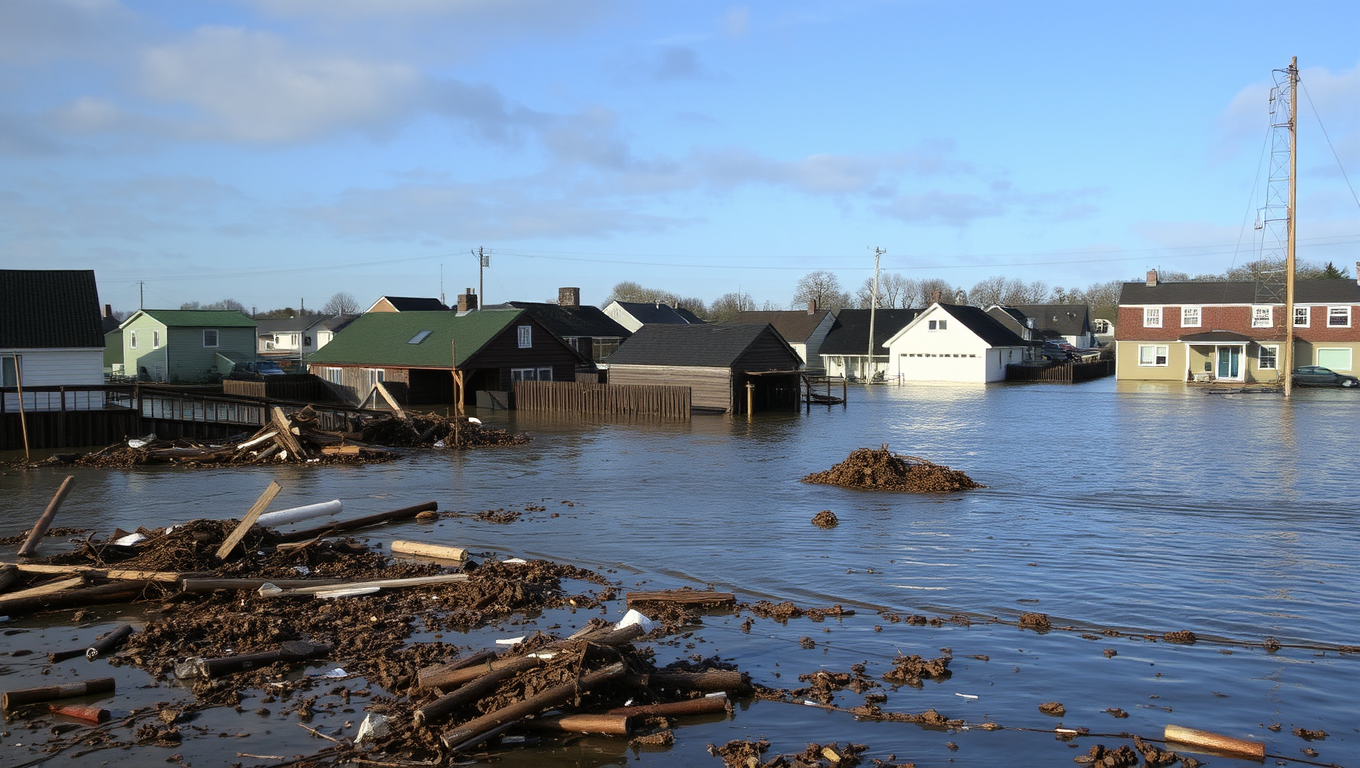While we try to keep things accurate, this content is part of an ongoing experiment and may not always be reliable.
Please double-check important details — we’re not responsible for how the information is used.
Disaster Plan
Older Adults’ Concerns About Climate Change and Health: A Wake-Up Call for Preparedness
Nearly 3 out of every 4 older Americans have experienced at least one extreme weather event in the last two years, a poll finds. And living through such an event appears to make a big difference in how they view the potential impact of climate change on their health. People over 50 who recently experienced an extreme weather event are far more likely to express concern about the effects of climate change on their health.

Alternative Medicine
Heavy Drinking Tied to Higher Risk of Unwanted Pregnancy, While Cannabis Use Not Found to Increase Risk
Women who drank heavily, even though they strongly wished to avoid pregnancy, were 50% more likely to become pregnant than those who drank little or not at all, according to new research. Surprisingly, cannabis use didn t show the same risk.
Disaster Plan
“Unraveling Ancient Secrets: Indian DNA Holds Clues to Neanderthal Genome”
India’s complex ancestry—intertwined with Iranian farmers, Steppe herders, and local hunter-gatherers—has now been decoded through genomic data from 2,762 people. The study uncovers surprising levels of Neanderthal and Denisovan DNA, and how ancient migrations and community traditions have shaped today’s genetic diversity and disease risks.
Disaster Plan
Coastal Flooding on the Rise: Study Reveals Frequency and Duration of Floods are Greater Than Estimated
Flooding in coastal communities is happening far more often than previously thought, according to a new study. The study also found major flaws with the widely used approach of using marine water level data to capture instances of flooding.
-

 Detectors7 months ago
Detectors7 months agoA New Horizon for Vision: How Gold Nanoparticles May Restore People’s Sight
-

 Earth & Climate8 months ago
Earth & Climate8 months agoRetiring Abroad Can Be Lonely Business
-

 Cancer7 months ago
Cancer7 months agoRevolutionizing Quantum Communication: Direct Connections Between Multiple Processors
-

 Albert Einstein8 months ago
Albert Einstein8 months agoHarnessing Water Waves: A Breakthrough in Controlling Floating Objects
-

 Diseases and Conditions8 months ago
Diseases and Conditions8 months agoReducing Falls Among Elderly Women with Polypharmacy through Exercise Intervention
-

 Chemistry7 months ago
Chemistry7 months ago“Unveiling Hidden Patterns: A New Twist on Interference Phenomena”
-

 Earth & Climate7 months ago
Earth & Climate7 months agoHousehold Electricity Three Times More Expensive Than Upcoming ‘Eco-Friendly’ Aviation E-Fuels, Study Reveals
-

 Agriculture and Food7 months ago
Agriculture and Food7 months ago“A Sustainable Solution: Researchers Create Hybrid Cheese with 25% Pea Protein”





























